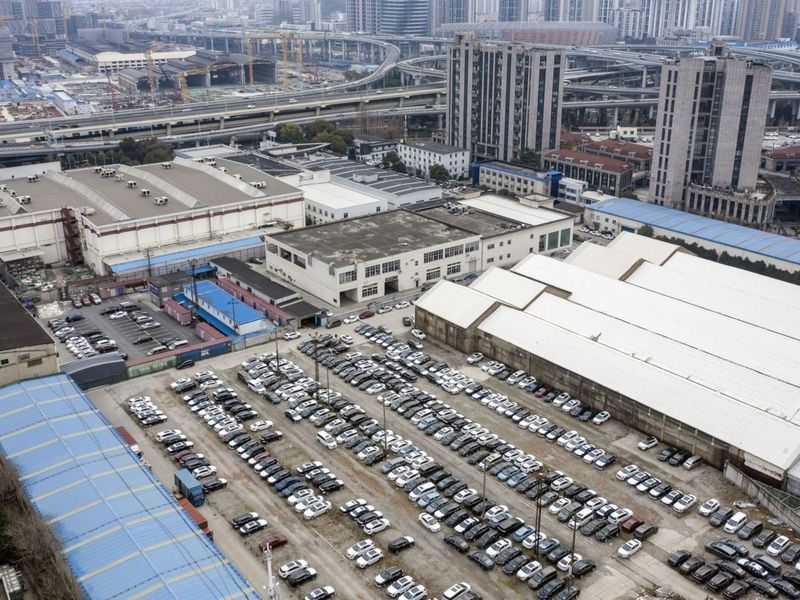
China’s efforts to build a thriving market for secondhand vehicles, pretty much from zero, are slowly starting to deliver results, including in the electric car segment.
Sales of pre-owned vehicles jumped by 30 percent in the first ten months of this year and are expected to reach 17 million units in 2021, according to the China Automobile Dealer Association, or CADA.
Trading in secondhand electric or hybrid models rose to 47,000 units last year, the organization’s data shows. While that’s still relatively small, it’s almost double the volume in 2017 and is expected to grow rapidly as China’s electric fleet begins to mature.
You could see — and actually feel — that rising level of interest in the pre-owned sector at CADA’s packed conference earlier this month in Haikou, a city with typically tropical temperatures on the southern Hainan Island. Event organizers were forced to continually boost the air conditioning as delegates crowded into sessions, including seminars focused on the valuation of used EVs.
Even with more than 270 million vehicles in circulation, China has long lagged behind developed markets on used-vehicle trading. Annual sales of secondhand models are just over half the volume of vehicles fresh off the production line. That’s a huge difference from countries such as the U.S. and Germany, where purchases of pre-owned cars can typically be double those of new automobiles.
There have typically been two major reasons for the disparity. China’s car market is still developing, and a 2019 McKinsey & Co. study showed that only 173 in every 1,000 people owned a vehicle, compared to 837 in the U.S. There’s also previously been a cultural factor too, with the purchase of a new car seen as a visible indicator of social status.
Those barriers are fast falling away. Consumers increasingly see the sense in spending less on a good quality, well performing secondhand vehicle that’s typically only a few years old, while some buyers favor the environmental benefits of extending the use of an existing model.
Authorities are spurring the market’s development. Beijing has cut taxes on used-car dealers, and this year removed obstacles around selling a vehicle outside the city in which it is registered.
At its Haikou conference, CADA launched tools to help dealers accurately value secondhand electric models. More than two-thirds of those being traded have been used for less than three years and the most popular price bracket is between 100,000 yuan ($15,720) and 150,000 yuan, according to the organization’s data.
Li Auto’s lineup of extended range electric vehicles retained the most value after a year, and can recoup almost 80 percent of the original sticker prices, Pan Lei, an official with Beijing Jingzhengu, a company specializing in appraisals for the used car industry, told the conference. Nio models ranked second, retaining about 77 percent of value, with Tesla cars third at around 74 percent.
Tesla’s Model 3 and Xpeng’s P7 are the most popular used-car choices among mid-sized vehicles, while the budget SAIC-GM-Wuling Automobile Co.’s Hongguang Mini is also holding value. The four-seater minicar, that usually sells for the equivalent of $5,000, is fetching almost 83% of its original price after 12 months, Jingzhengu data shows.
Those high valuations are enough to persuade Tony Xie, a Haikou resident who’s thinking about swapping his gas-powered black Toyota Camry for a zero-emissions vehicle, that used electric models are well worth considering. “The used car price shows how good and sound a car is,” Xie said.

